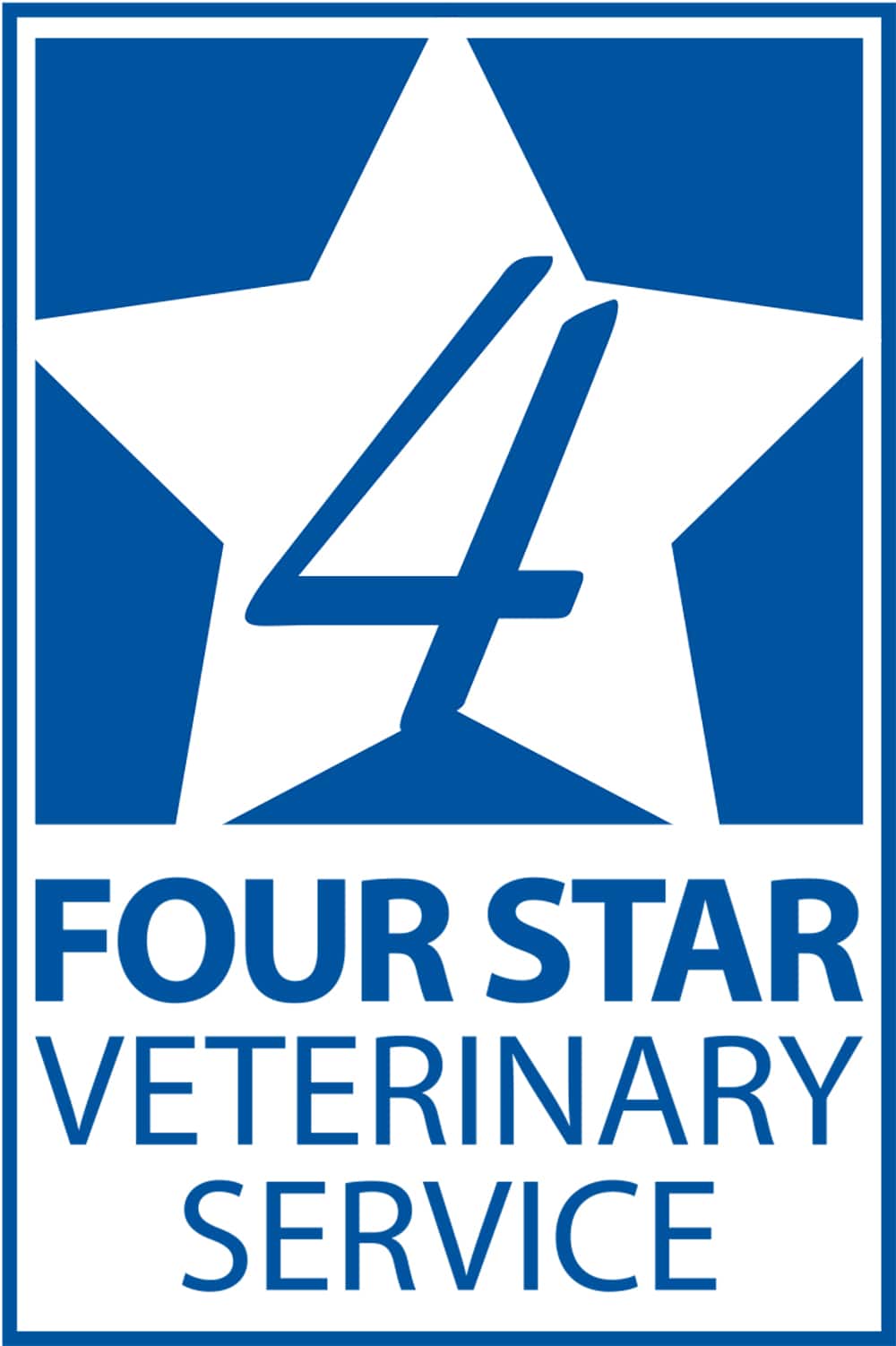Resource Links
Click on the links below for more information about swine production and the U.S. pork industry.
Pork Media Sites
Pork Industry Websites
National
American Association of Swine Veterinarians
National Pork Producers Council
Pork Quality Assurance Program
Swine Health Information Center
Regional
INDIANA
Indiana Pork Producers Association
Indiana Department of Agriculture
MICHIGAN
Michigan Pork Producers Association
Michigan Department of Agriculture
NORTH CAROLINA
North Carolina Department of Agriculture
OHIO
Ohio Department of Agriculture
PENNSYLVANIA
Pennsylvania Pork Producers Council
Pennsylvania Department of Agriculture
Other Resources
Premise Identification
Obtain Premise Identification Number or Location Identifier
General Agriculture Websites
Click on the links below for more information about the aquaculture industry.
Indiana Aquaculture Association
Click on the links below for more information about companion animals from our Four Star Veterinarian Service partners.
Click on the links below for more information about the poultry industry.
Click on the link below for more information on the sheep and goat industries.
Click on the links below for more information about Show Pigs.
